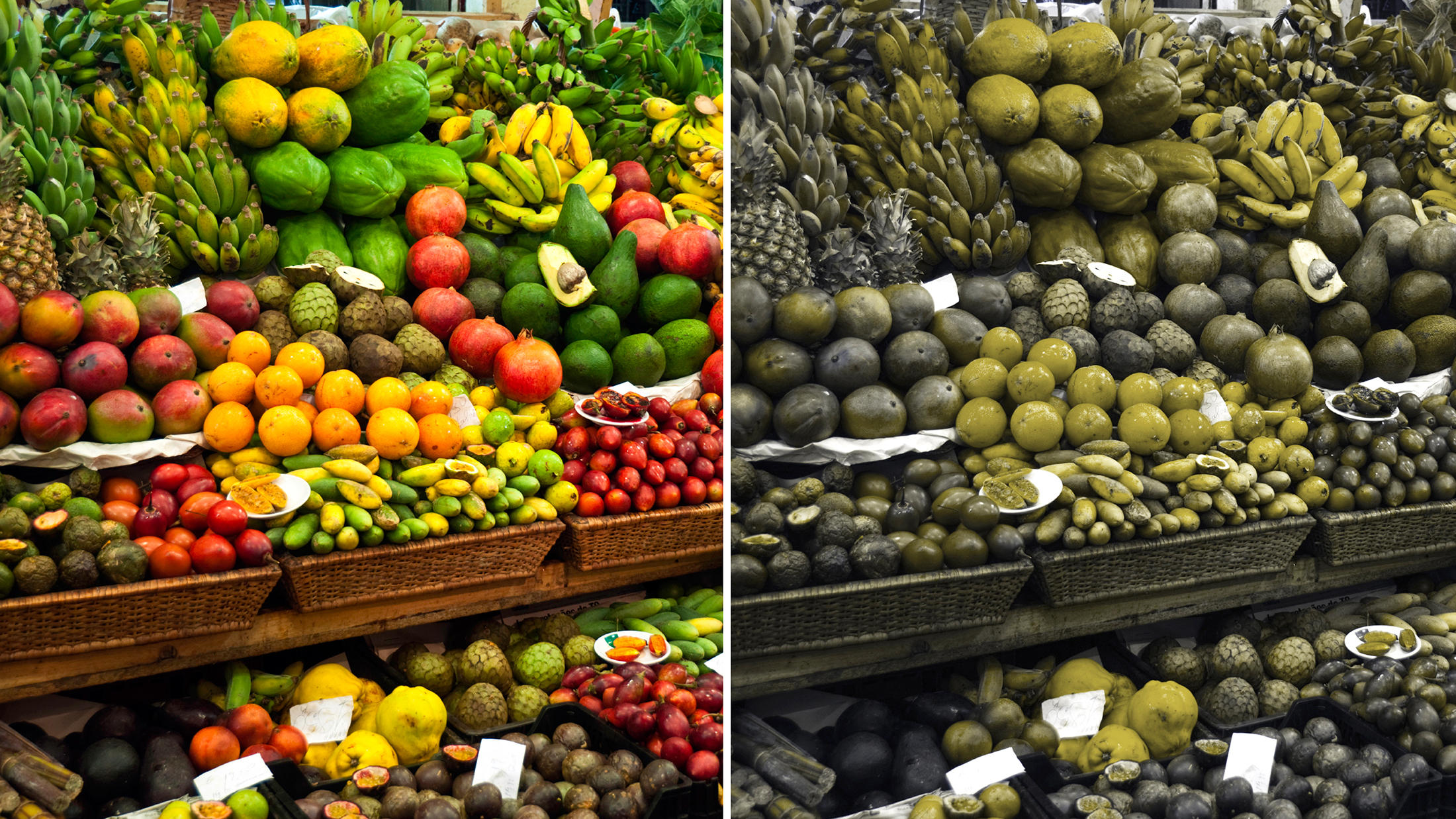Dressgate 2015: What color is that dress?! Is it blue and black or yellow and gold?
As we discussed in class, building off of Professor Conway’s lecture earlier in the semester just after the dress controversy, color vision is affected by a number of factors. Our eyes and the cameras that we use (cell phones, etc.) are engineered to not trick us. We have trained ourselves to use all the information available to us to decide what color things are. Similarly, we remember color-object pairs that we see frequently.
As Professor Conway explained, color vision is just our eyes absorbing the visible light part of the electromagnetic spectrum. The light we receive has different wavelengths which corresponds to our perception of different colors. In perceiving color, our eyes are actually looking at all of the information- we look at the light source, evaluate what shade it seems to be, the object and anything in its foreground or background. In the case of the dress, the light source is varied and the foreground and background are a mix of shadowy and too bright so our eyes get confused. As we saw clearly in Professor Conway’s presentation especially through the Albers piece with the two X’s our perception of color really depends on the surroundings. In Albers’ work, the X on the purple background appears to be a totally different color than the X on the yellow background but in reality, they are the same color. In this instance, our eyes and brains are adding the background into the equation, which confuses us. Similarly, when the dress went viral, people formed very strong opinions on two different camps- blue and black or white and gold. These people were all looking at the same dress but considered the other information in the photograph differently.
In discussing the dress, it is also important to acknowledge the way in which the dress was presented to viewers. Were they shown the dress and asked what colors they thought it was or were they asked if they saw black and blue or white and gold? That is a very crucial distinction to make. In the first instance, viewers have the full range of colors in their imaginations available to them whereas in the second,
Check out the link below for an image of the dress (in case you haven’t seen it…which would be impressive because it was EVERYWHERE)
http://www.telegraph.co.uk/news/science/science-news/11440142/Dressgate-the-science-of-why-THAT-blue-dress-looks-white.html

